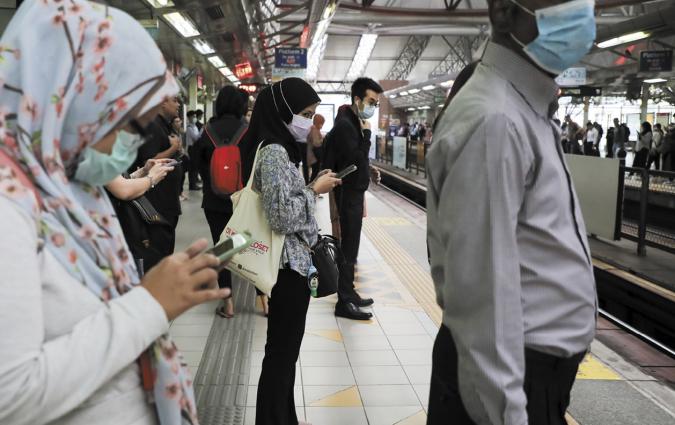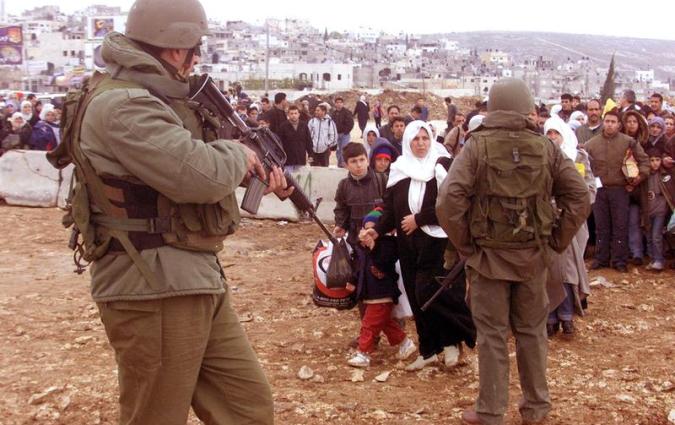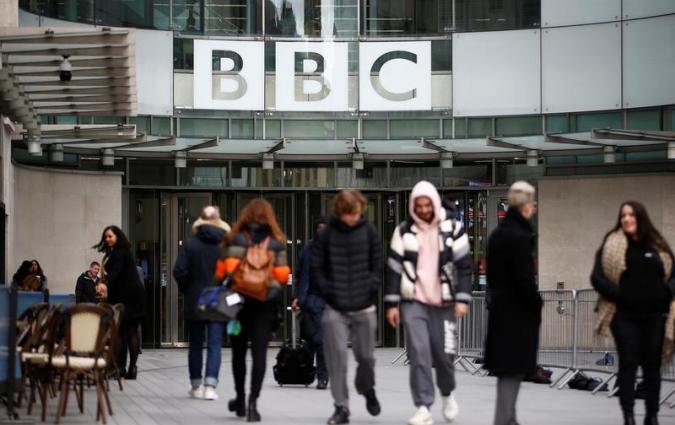“Banderites” vs “New Russia”

Reuters Institute Fellow's Paper
Christian Esch, the Moscow correspondent for the Berliner Zeitung, has written a fascinating account of how both sides in the Ukraine fighting use conflicting historical myths to bolster their case.
Christian, who was sponsored by the Gerda Henkel Foundation, writes about his research paper '“Banderites” vs. “New Russia”: The Battle Field of History in the Ukraine Conflict’ in this way:
"A revolution, followed by a war, has shaken Ukraine. The conflict was and is fought not only with guns and artillery, but in the symbolic field as well. Historical arguments were of special importance. Russian TV called the new pro-western government in Kiev “fascists” and “Banderites”, alluding to anti-Soviet partisans in the Second World War. Pro-Russian rebels adopted as their symbol a ribbon used to remember victory in 1945. And the idea of splitting the Ukrainian state into two halves was propagated by reviving a half-forgotten term from the tsarist era: 'Novorossiya', or 'New Russia'. "I have tried to describe the historical arguments used explicitly and implicitly in the Ukrainian conflict; to show how history itself was turned into a battlefield and the various attacks and counterattacks that were launched there. It is a story about conflicting historical myths. "I argue that arguments relating to the war were by far the most powerful ones, but that the debate about the pre-Soviet past is what sets this conflict apart from other conflicts in post-soviet space. Its repercussions are much wider. Vladimir Putin has repeatedly said in public that he considers Russians and Ukrainians to be “one people”. How are territorial claims between nations justified if these nations are in fact one whole? The attempts to fragment the imperial past and define its Ukrainian and Russian components are changing the identity of both societies. This is where the debate about Ukraine becomes a debate about Russia."
As with all Fellows’ research papers, any opinions expressed are those of the author and not of the Institute.






